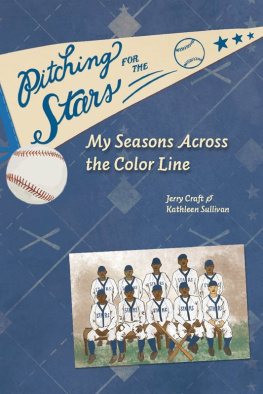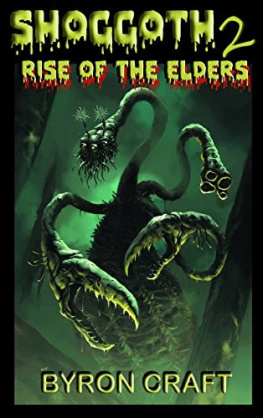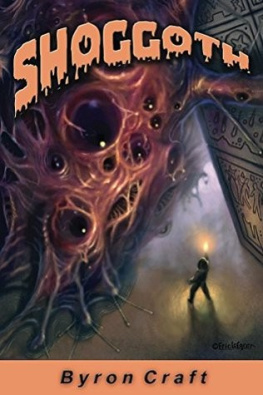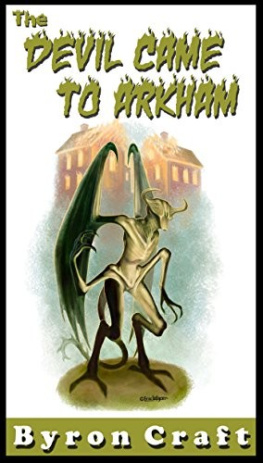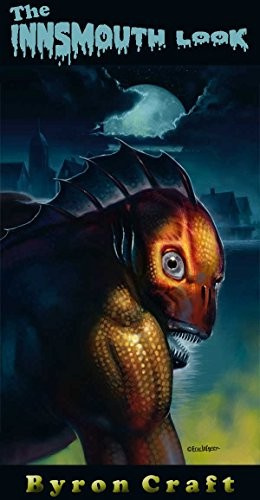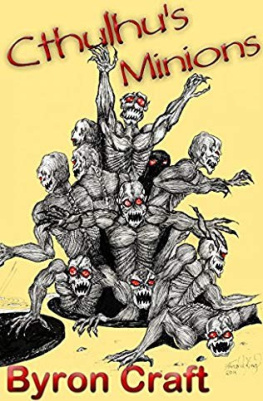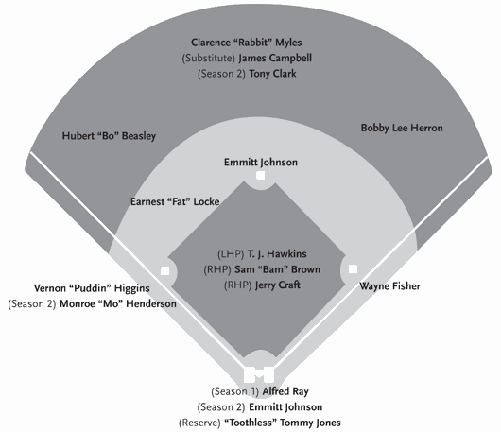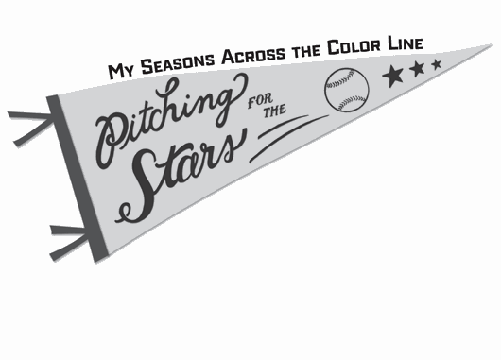W IND W ORD B OOKS FOR Y OUNG R EADERS
J ERRY C RAFT AND K ATHLEEN S ULLIVAN
Texas Tech University Press
Copyright 2013 by Jerry Craft and Kathleen Sullivan
Unless otherwise stated, photographs copyright 2010 by Jerry Craft.
All rights reserved. No portion of this book may be reproduced in any form or by any means, including electronic storage and retrieval systems, except by explicit prior written permission of the publisher. Brief passages excerpted for review and critical purposes are excepted.
This book is typeset in Melior. The paper used in this book meets the minimum requirements of ANSI/NISO Z39.48-1992 (R1997). 
Designed by Kasey McBeath
Cover illustration by Laura Jones Martinez
Library of Congress Cataloging-in-Publication Data
Craft, Jerry, 1937
Pitching for the stars : my seasons across the color line / Jerry Craft and Kathleen Sullivan.
pages cm. (Windword books for young readers)
Includes bibliographical references and index.
Summary: The story of Jerry Craft, the first white man to play in the West Texas Colored League during the summers of 1959 and 1960 as pitcher for the Wichita Falls/Graham StarsProvided by publisher.
ISBN 978-0-89672-787-8 (hardcover : alk. paper) ISBN 978-0-89672-788-5 (e-book) 1. Craft, Jerry, 1937Juvenile literature. 2. Baseball playersTexas, WestBiographyJuvenile literature. 3. MayorsTexas, WestBiographyJuvenile literature. 4. Negro leaguesTexas, WestJuvenile literature. 5. African American baseball playersTexas, WestHistoryJuvenile literature. 6. Texas, West--Race relationsJuvenile literature. I. Sullivan, Kathleen, 1969 II. Title.
GV865.C678C73 2013
796.357092dc23
[B] 2013004974
Manufactured by Thomson-Shore, Dexter, MI (USA); RMA589KJ792, April, 2013
Printed in the United States of America
13 14 15 16 17 18 19 20 21 / 9 8 7 6 5 4 3 2 1
Texas Tech University Press
Box 41037 | Lubbock, Texas 79409-1037 USA
800.832.4042 | ttup@ttu.edu | www.ttupress.org
For my Dad, who always found time to play catch with his son
Jerry Craft
For Johnny, Dad, and Connor, my Boys of Summer
Kathleen Sullivan
C ONTENTS
The 1999 Southwestern Bell African American History Month Family Day and Negro League Baseball Reunion (Southwest)
Jacksboros Old Town Team, circa 1931
Jerry Crafts thirteenth birthday party in 1950
Jerry Craft in 1953 on the Jacksboro High School football team
Jim Boley, Bobby Murray, and Jerry Craft, tri-captains of the 1954 Jacksboro High School football team
J. D. Craft, center, winning a cutting-horse championship in 1955
Jerry Crafts high school graduation photo in 1955
Monroe Mo Henderson fielding a baseball as Texas Technological College (now Texas Tech University) shortstop in 1957
The 195960 All-College Football Champions of Texas Tech, Sigma Alpha Epsilon Fraternity
Linda Craft with her golf clubs in 1983
Earnest Fat Locke and wife, Catherine (Cat), on their wedding day in 1951
Earnest Fat Locke in his Wichita Falls bus driver uniform (19992004)
Clarence Rabbit Myles and wife, Arnita, on their wedding day in 1959
Coach Clarence Rabbit Myles and his basketball team for the Boys and Girls Clubs in Wichita Falls, Texas, in 198182
Carl Sedberry, Jr., at the Dallas African American Museum in 1999
Jerry Craft with his Wichita Falls/Graham Stars jersey in 2005
Jerry Craft and wife Pamela celebrating Thanksgiving in 2006
O n a Sunday afternoon in May 1959, I pitched my first game for Mr. Sedberrys team, the Wichita Falls/ Graham Stars. The Stars were an all-black baseball team in the West Texas Colored League, and I was a young white man living in a strictly segregated society. Decades of racial segregation in the South following the Civil War had caused black and white athletes to join separate sports teams and to form separate leagues. The West Texas Colored League formed in 1953 and included the Stars and six other black semi-professional teams that surrounded my small hometown of Jacksboro, located northwest of Fort Worth.
The Stars sometimes played teams outside our league, including independent black, white, Hispanic, and military teams. We faced all-white teams from Bowie, Windthorst, and Sheppard Air Force Base at Wichita Falls. Another military base, Fort Wolters in Mineral Wells, had segregated teams at that time. That means they had a team of only white players and another whole team of only black players; the Stars played the black team.
In Texas in 1959, especially in small towns like Jacksboro, black and white people lived in separate neighborhoods, ate at separate restaurants, and attended separate churches and schools. While I was growing up, I watched news stories about the early Civil Rights Movement with interest, particularly when Rosa Parks was arrested in Montgomery, Alabama, on December 1, 1955, for refusing to move to the back of the bus to make room for white riders. Across the nation opinions about segregation were changing, but in my world, black and white people still lived separate lives.
During my time with the West Texas Colored League, our teams were loosely organized because we all worked at regular jobs during the week. When we had time off, we traveled in whatever cars were running to games that took place only if enough players arrived by game time. Sure, we kept our own scorecards, but our league standings received no media attention. My memories and those of my surviving teammates, Clarence Rabbit Myles and Monroe Mo Henderson, form the only record of our time together. The West Texas Colored League never appeared in the two Wichita Falls newspapers, the Wichita Falls Times Record News and the Wichita Falls Times in the 1950s and 1960s. We were simply too informal of a league to be included on a sports page, and in any case, the papers would never have covered an all-black local team.
While the press ignored us, we were busy facing each team at least twice every summer during 1959 and 1960, usually for one game at home and another game away. Some teams were fun to play, like the Haskell Yellow Dogs. We enjoyed postgame food, refreshments, and fellowship with them at the Yellow Dog Tavern west of Haskell. When we played at home, we scheduled our games on Sunday afternoons at Spudder Park in Wichita Falls and on Wednesday nights at the Graham Public Baseball Field in Graham, a town about sixty miles south of Wichita Falls.
We also played a tournament in Ranger, a small town a little over a hundred miles south of Wichita Falls, during the Juneteenth holiday weekend. Before I joined the Stars, the holiday tournament meant that black teams from across the state entertained their fans with baseball for the long weekend. Fans would travel from near and far to enjoy their time off work and the tournament. When I joined the Stars, we were the first and only team in the West Texas Colored League to integrate, and we enjoyed representing the league at the Ranger Tournament.
When I initially took the mound for the Stars, I had not thrown a baseball to a black person since my sandlot days in my hometown. Our childhood games had been integrated, involving all the children in town. My white grade-school friends and I never questioned why we played baseball with black children but did not go to their schools or even drink from the same water fountains.
Next page
